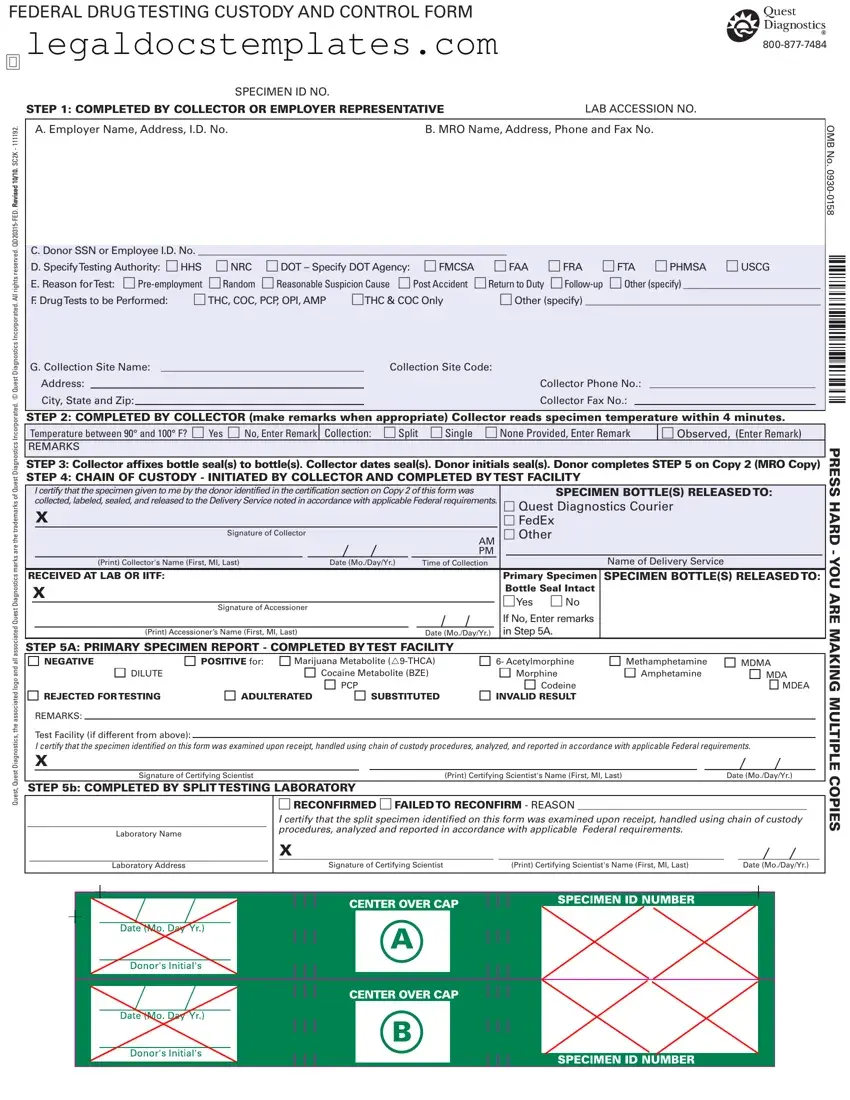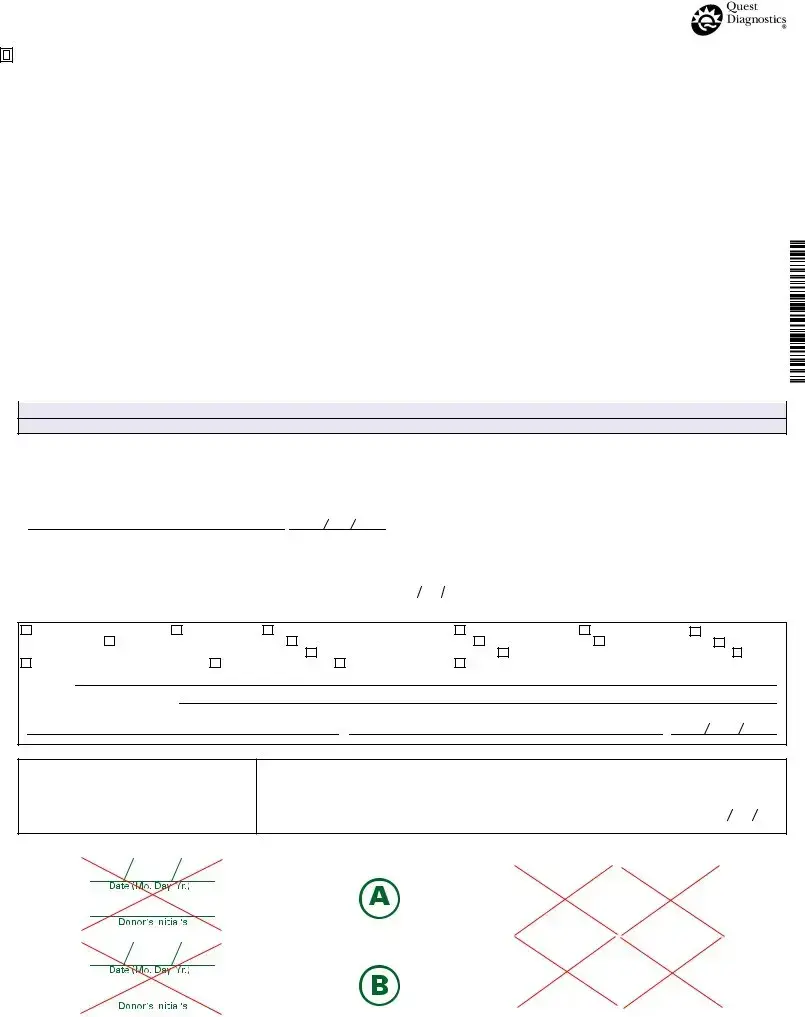The Medical History Form, much like the Drug Screen Form, gathers crucial personal data but focuses on a broader spectrum of health-related information. Both forms collect identification details, such as the individual's name, Social Security Number (SSN), or Employee Identification Number (EIN), to ensure the correct association of the health records with the individual in question. The Medical History Form, however, delves deeper into past medical conditions, surgeries, allergies, and medication history, providing a comprehensive overview of the patient's health background. This depth of information assists healthcare providers in making informed decisions, similar to how the Drug Screen Form's detailed findings help employers or regulatory authorities ensure workplace safety and compliance.
Employment Application Forms share commonalities with Drug Screen Forms in their role in the pre-employment process. They both require personal information for identification purposes—such as name, address, and sometimes the SSN to uniquely identify the applicant. Though the Employment Application Form primarily collects data on the candidate's qualifications, employment history, and references, both it and the Drug Screen Form serve as critical steps in the hiring process. Specifically, the Drug Screen Form is integral in sectors where maintaining a drug-free environment is mandatory, reflecting the applicant's eligibility for the role based on lifestyle choices.
Consent Forms for Medical Procedures similarly capture patient identifiers and detailed information about the specific medical service to be provided, analogous to how the Drug Screen Form specifies the type of drug tests to be conducted (e.g., for THC, COC, PCP). Both forms require clear acknowledgment from the participant—either the patient or the individual being tested—confirming their understanding and agreement to the process. This informed consent is crucial, ensuring transparency and compliance with legal and ethical standards, whether it be for a medical procedure or a drug screening protocol.
The Laboratory Test Order Form is another document that bears resemblance to the Drug Screen Form, particularly in the context of how specimens are handled, documented, and analyzed. Both documents detail the type of tests to be performed, include unique identification numbers for tracking, and outline specific instructions for the collection and handling of specimens to ensure integrity. The Laboratory Test Order Form is used across various medical disciplines for diverse testing purposes, serving a similar function in the careful coordination between collection sites, laboratories, and ordering physicians or entities.
The Chain of Custody Form, used in legal and medical contexts, parallels the Drug Screen Form in its meticulous tracking of the specimen from collection to analysis. It documents each individual who handles the specimen, the transfer of possession, and the condition of the specimen at each stage. This continuous documentation ensures the specimen's integrity, making it admissible in court or valid for medical interpretation. The Drug Screen Form incorporates chain of custody elements within its structure, emphasizing the form’s dual role in maintaining procedural integrity and providing legally defensible results.

